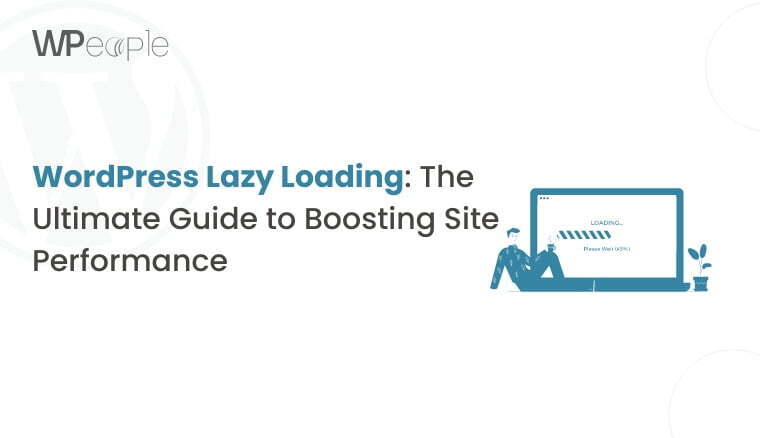Building Scroll-Triggered Animations in Tailwind CSS Without External Libraries
Scroll-based animations usually mean reaching for heavy libraries like GSAP or ScrollMagic. But with Tailwind CSS and the native IntersectionObserver API, you can create highly performant, elegant scroll-triggered animations — zero extra libraries required. Let's build a full setup. Why Native Scroll Animations? Benefits of ditching the big libraries: Smaller bundle size, faster load times Full control over when and how elements animate Progressive enhancement for older browsers Step 1: Build a Tailwind Animation Class First, extend Tailwind with a custom fade/slide animation: // tailwind.config.js module.exports = { theme: { extend: { keyframes: { fadeSlide: { '0%': { opacity: 0, transform: 'translateY(20px)' }, '100%': { opacity: 1, transform: 'translateY(0)' }, }, }, animation: { fadeSlide: 'fadeSlide 0.8s ease-out forwards', }, }, }, } Step 2: Setup HTML Markup Mark elements you want to animate with a hidden state: Reveal on Scroll This section will fade and slide into view. Initially, the item is invisible and shifted slightly down. Step 3: Use IntersectionObserver to Trigger Animation Here's the vanilla JS magic: const observer = new IntersectionObserver((entries) => { entries.forEach(entry => { if (entry.isIntersecting) { entry.target.classList.remove('opacity-0', 'translate-y-5'); entry.target.classList.add('animate-fadeSlide'); observer.unobserve(entry.target); } }); }, { threshold: 0.2, }); document.querySelectorAll('[data-animate]').forEach(el => observer.observe(el)); Each element with data-animate will animate the first time it comes into view. Then we unobserve to avoid retriggering. Pros and Cons ✅ Pros Zero dependencies — full native performance Highly customizable with Tailwind’s animation system Accessibility-friendly (no reliance on JavaScript for critical content) ⚠️ Cons Requires small JS snippet per page (can't be pure CSS-only) Some older browsers (like IE11) don't support IntersectionObserver (polyfills needed if critical)

Scroll-based animations usually mean reaching for heavy libraries like GSAP or ScrollMagic. But with Tailwind CSS and the native IntersectionObserver API, you can create highly performant, elegant scroll-triggered animations — zero extra libraries required. Let's build a full setup.
Why Native Scroll Animations?
Benefits of ditching the big libraries:
- Smaller bundle size, faster load times
- Full control over when and how elements animate
- Progressive enhancement for older browsers
Step 1: Build a Tailwind Animation Class
First, extend Tailwind with a custom fade/slide animation:
// tailwind.config.js
module.exports = {
theme: {
extend: {
keyframes: {
fadeSlide: {
'0%': { opacity: 0, transform: 'translateY(20px)' },
'100%': { opacity: 1, transform: 'translateY(0)' },
},
},
animation: {
fadeSlide: 'fadeSlide 0.8s ease-out forwards',
},
},
},
}
Step 2: Setup HTML Markup
Mark elements you want to animate with a hidden state:
Reveal on Scroll
This section will fade and slide into view.
Initially, the item is invisible and shifted slightly down.
Step 3: Use IntersectionObserver to Trigger Animation
Here's the vanilla JS magic:
Each element with data-animate will animate the first time it comes into view. Then we unobserve to avoid retriggering.
Pros and Cons
✅ Pros
- Zero dependencies — full native performance
- Highly customizable with Tailwind’s animation system
- Accessibility-friendly (no reliance on JavaScript for critical content)
⚠️ Cons
- Requires small JS snippet per page (can't be pure CSS-only)
- Some older browsers (like IE11) don't support IntersectionObserver (polyfills needed if critical)


































































































































































![[The AI Show Episode 143]: ChatGPT Revenue Surge, New AGI Timelines, Amazon’s AI Agent, Claude for Education, Model Context Protocol & LLMs Pass the Turing Test](https://www.marketingaiinstitute.com/hubfs/ep%20143%20cover.png)






























































































































![[DEALS] Koofr Cloud Storage: Lifetime Subscription (1TB) (80% off) & Other Deals Up To 98% Off – Offers End Soon!](https://www.javacodegeeks.com/wp-content/uploads/2012/12/jcg-logo.jpg)






















![Is this too much for a modular monolith system? [closed]](https://i.sstatic.net/pYL1nsfg.png)



















































































































_roibu_Alamy.jpg?width=1280&auto=webp&quality=80&disable=upscale#)














































































































![M4 MacBook Air Drops to Just $849 - Act Fast! [Lowest Price Ever]](https://www.iclarified.com/images/news/97140/97140/97140-640.jpg)
![Apple Smart Glasses Not Close to Being Ready as Meta Targets 2025 [Gurman]](https://www.iclarified.com/images/news/97139/97139/97139-640.jpg)
![iPadOS 19 May Introduce Menu Bar, iOS 19 to Support External Displays [Rumor]](https://www.iclarified.com/images/news/97137/97137/97137-640.jpg)



































































































